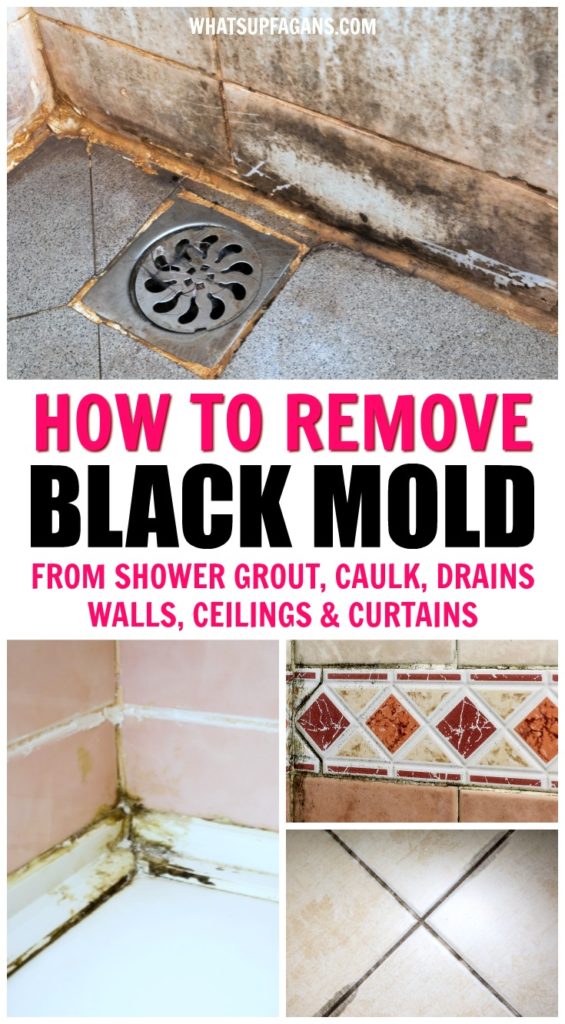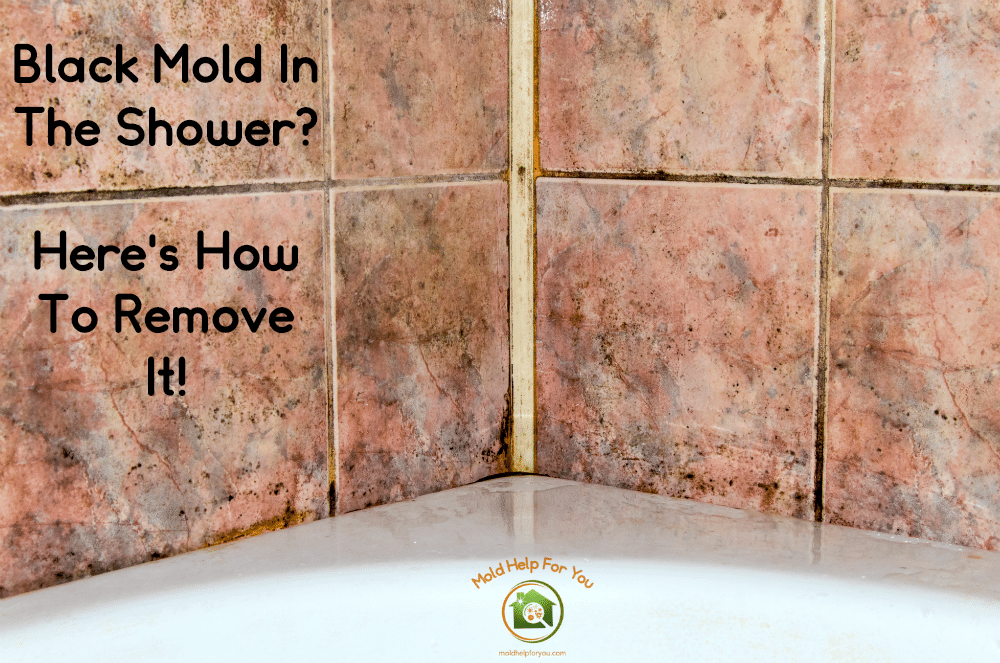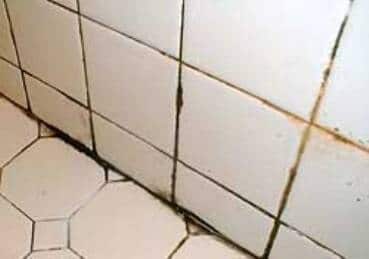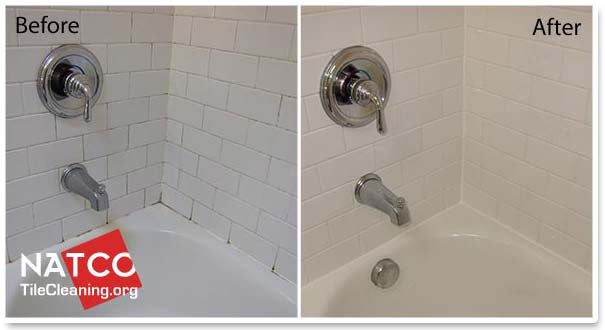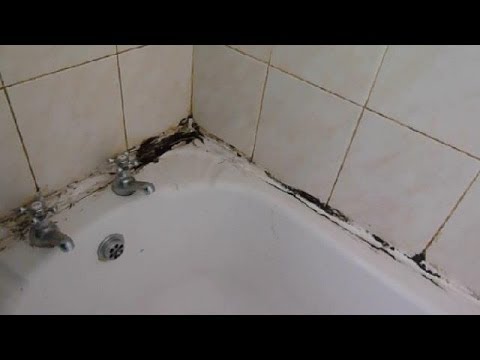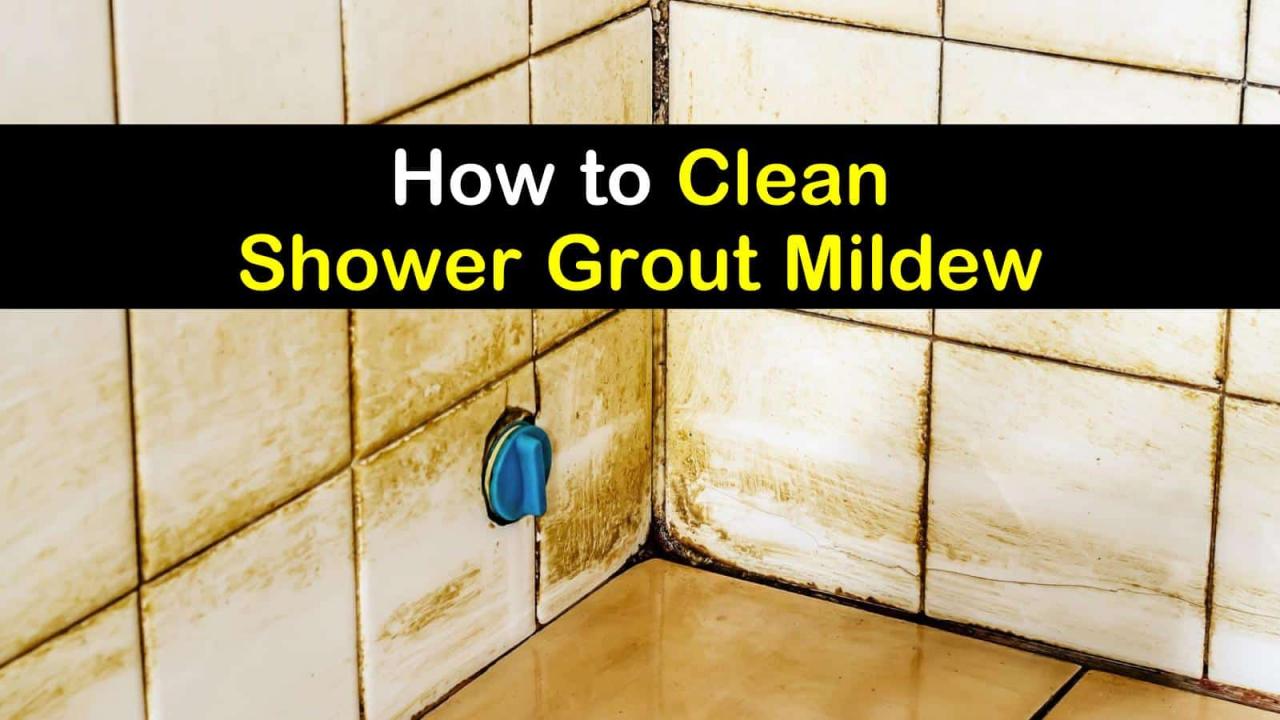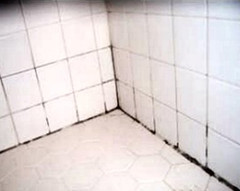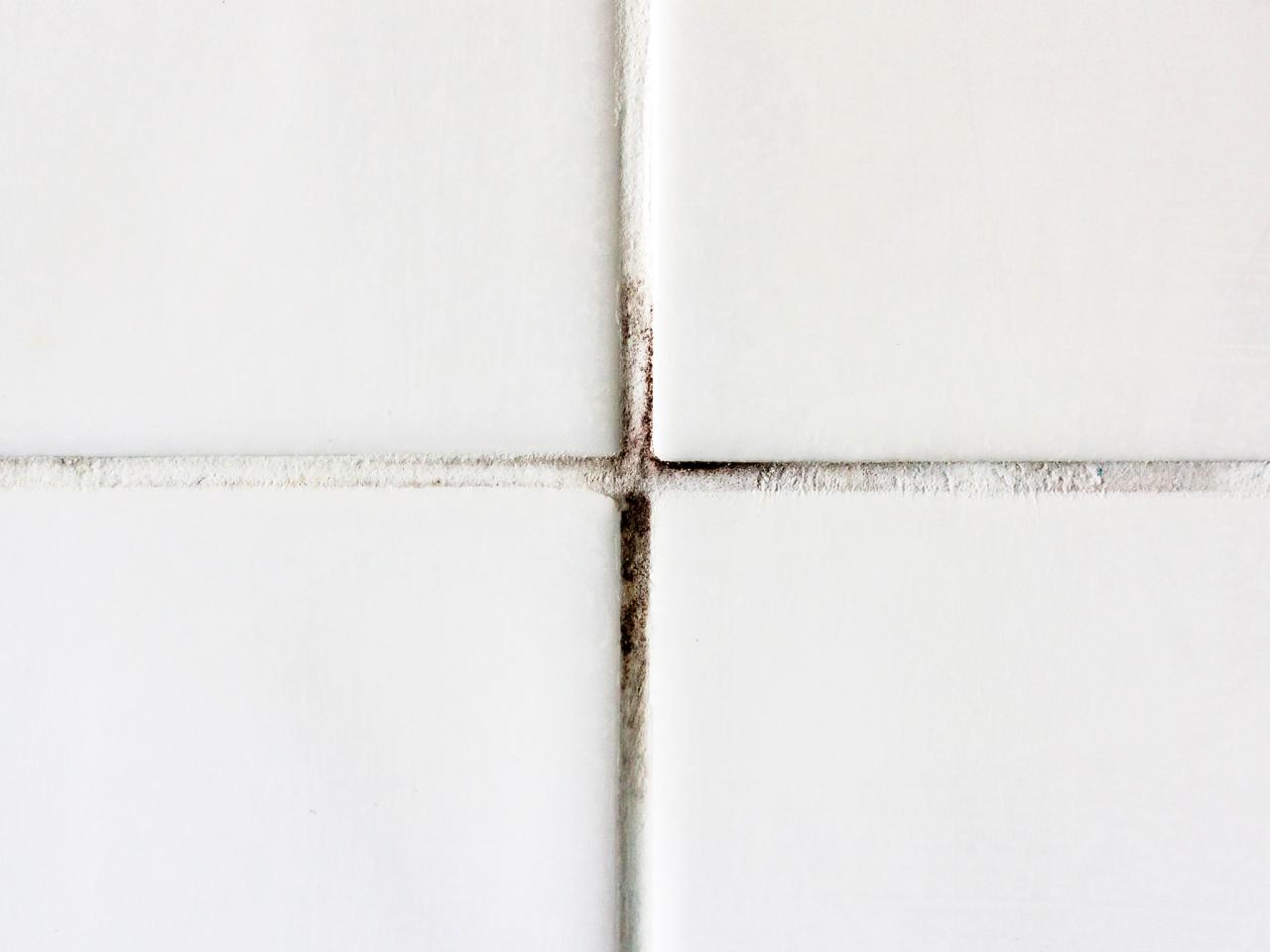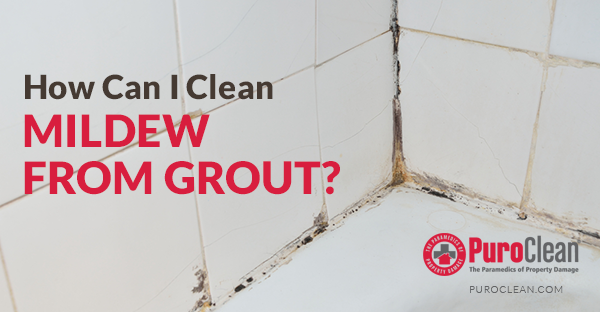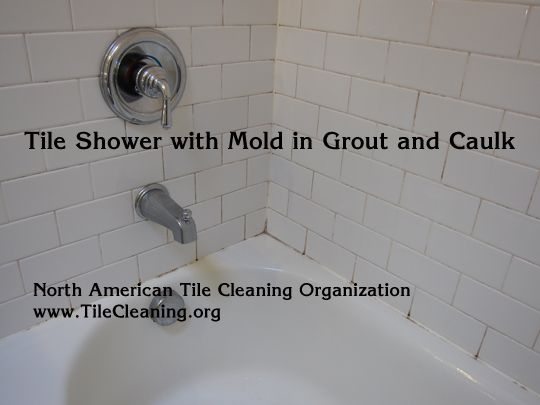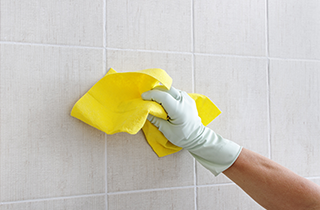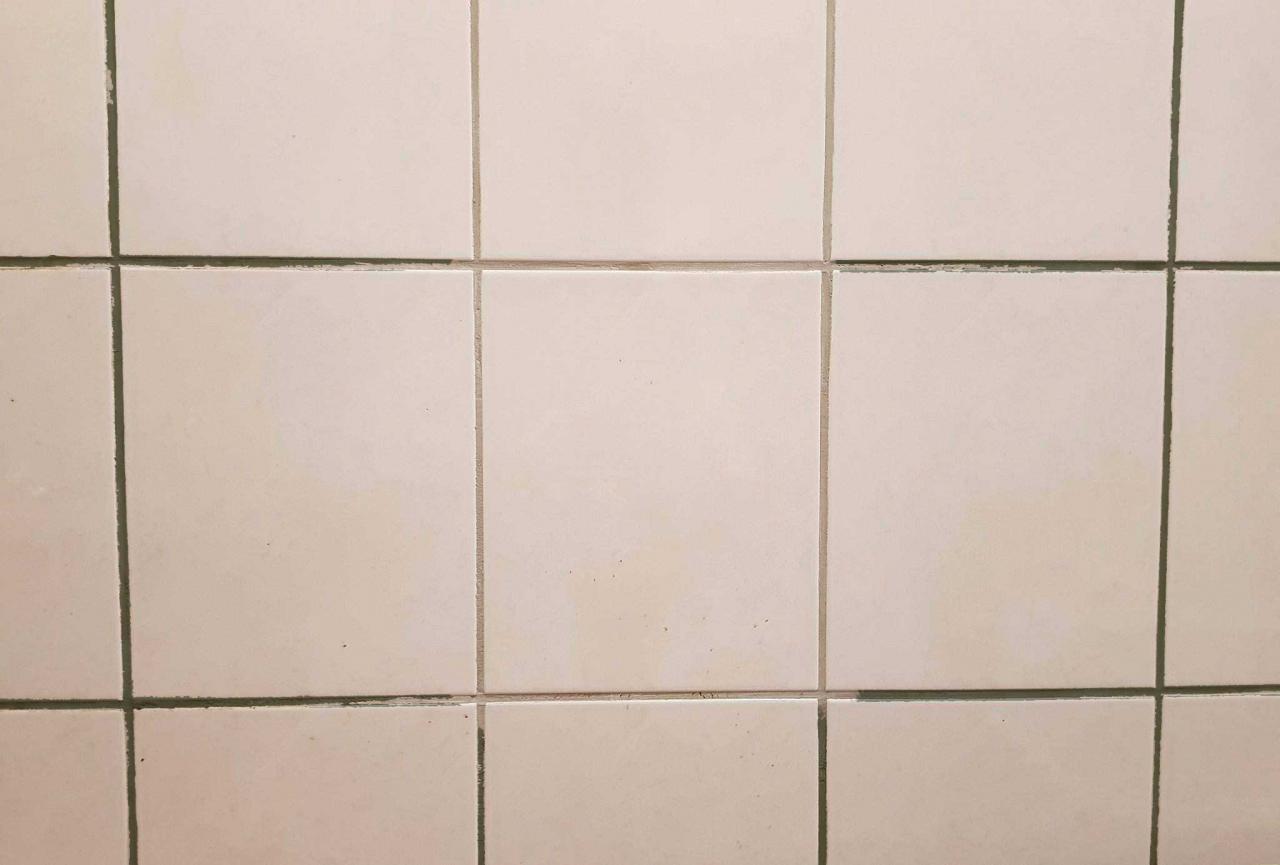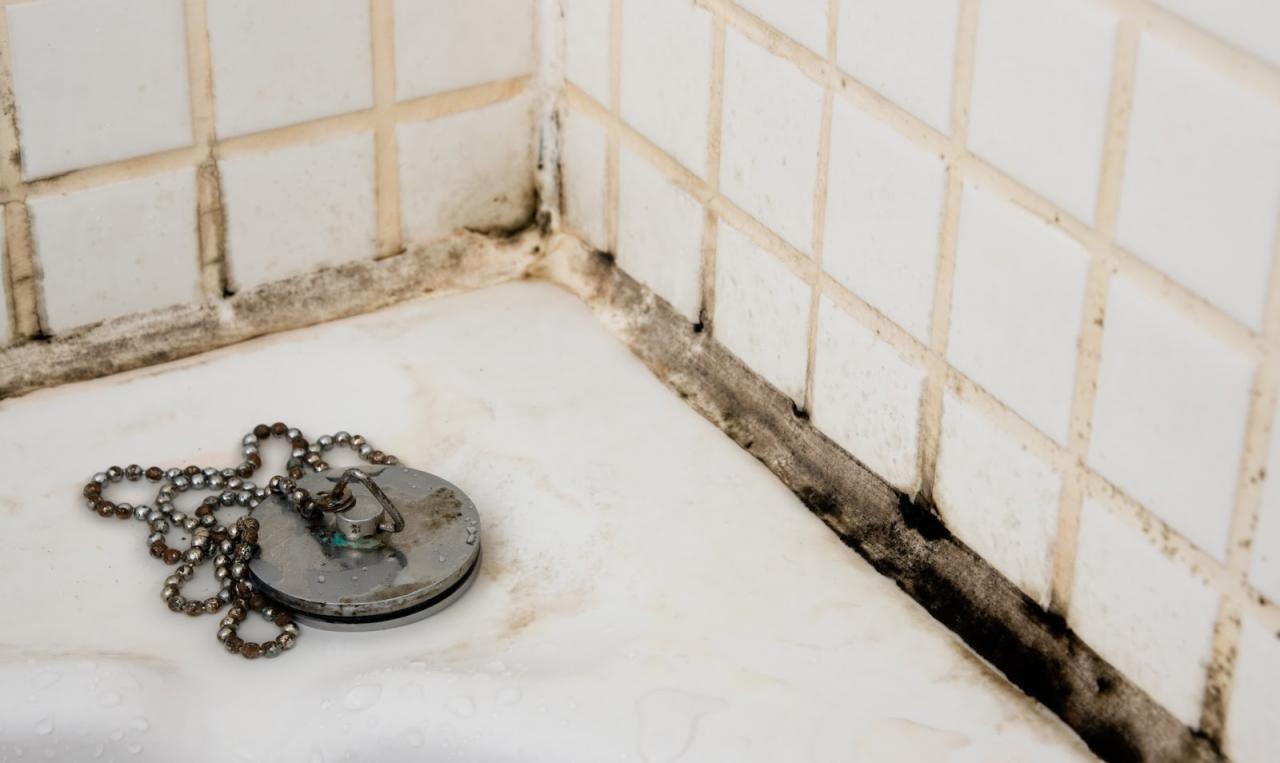How To Remove Mold From Bathroom Tile Grout
Causes and Dangers of Mold in Bathroom Tile Grout
Mold in bathroom tile grout is a common problem that many homeowners face. It can be unsightly and difficult to remove, but understanding the causes and dangers of mold growth in this area is essential for effective prevention and remediation.
Causes of Mold Growth in Bathroom Tile Grout:
- Moisture: Bathrooms are typically high-moisture environments due to the presence of water from showers, baths, and sinks. This moisture can seep into the grout, creating the perfect breeding ground for mold.
- Poor ventilation: Inadequate ventilation in the bathroom can contribute to the buildup of moisture, as it prevents proper drying and increases humidity levels. Insufficient airflow also limits the dispersion of mold spores, allowing them to settle and grow on the grout.
- Leaks: Leaky pipes or fixtures in the bathroom can introduce additional moisture into the area, leading to mold growth in the grout. It is important to promptly fix any leaks to prevent further damage and mold colonization.
Dangers of Mold in Bathroom Tile Grout:
- Health risks: Mold can release spores and mycotoxins into the air, which can cause respiratory issues, allergies, and other health problems. Individuals with compromised immune systems or pre-existing respiratory conditions are particularly susceptible to the negative effects of mold exposure.
- Structural damage: Mold can gradually deteriorate and weaken the grout, leading to cracks and crumbling. This compromises the integrity of the tile installation and may require costly repairs or replacements.
- Aesthetic concerns: Mold growth in grout is often visible and can significantly detract from the appearance of the bathroom. This can be particularly problematic if you are looking to sell your home or simply want to maintain a clean and appealing living space.
Prevention and Remediation:
- Regular cleaning: Regularly cleaning your bathroom, including the grout, can help prevent mold growth. Use a mildew-resistant cleaner or a mixture of vinegar and water to clean the grout and remove any existing mold.
- Improved ventilation: Ensure that your bathroom has adequate ventilation to remove excess moisture. Use exhaust fans during and after showers and consider opening windows when possible to promote airflow.
- Fix leaks promptly: Address any leaks in your bathroom promptly to prevent the accumulation of moisture and subsequent mold growth. Consult a professional plumber if necessary.
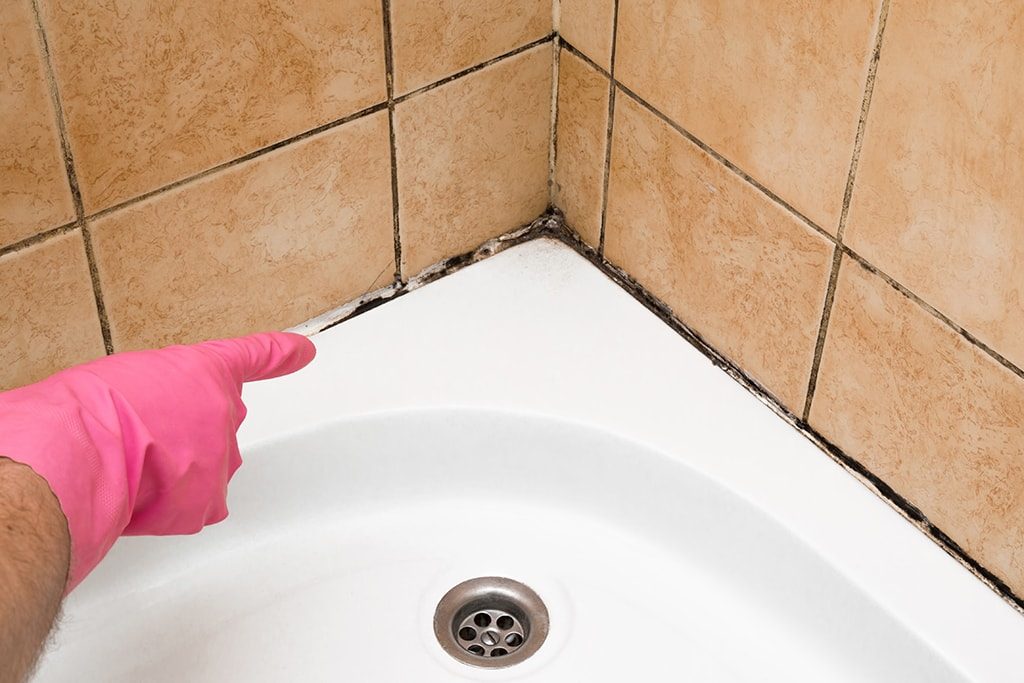
Removing Mold from Bathroom Tile Grout
Mold growth in bathroom tile grout is a common problem that can be both unsightly and harmful to your health. If left untreated, mold can spread and cause damage to the grout and surrounding areas. Fortunately, there are several effective methods for removing mold from bathroom tile grout. Follow this step-by-step guide to effectively eliminate mold and prevent it from returning.
Safety Precautions
Before starting the mold removal process, it is essential to take proper safety precautions. Mold spores can be harmful when inhaled, so it is crucial to wear protective clothing, gloves, and a mask. Open windows and doors to ensure proper ventilation during the process.
Cleaning Solution Preparation
Prepare a cleaning solution by mixing equal parts of water and white vinegar in a spray bottle. Vinegar is a natural and effective mold killer that helps loosen mold from the grout. Alternatively, you can use hydrogen peroxide diluted with water for more stubborn mold stains.
Application of the Cleaning Solution
Spray the cleaning solution generously onto the mold-infested grout. Make sure to cover the affected areas completely. Allow the solution to sit for about 15-20 minutes to penetrate the mold and loosen its grip on the grout.
Scrubbing the Grout
Using a grout brush or an old toothbrush, scrub the mold-infested grout vigorously. Scrub in a circular motion to dislodge and remove the mold from the grout. Apply additional cleaning solution as needed to keep the grout wet during the scrubbing process.
Rinse and Repeat
After scrubbing, rinse the grout thoroughly with warm water to remove any remaining mold and cleaning solution. Inspect the grout to ensure all mold has been removed. If any mold spots persist, repeat the cleaning process until the grout is completely mold-free.
Drying and Preventive Measures
Once the mold is removed, dry the grout completely using a clean towel or a fan. Moisture is one of the leading causes of mold growth, so it is essential to keep the bathroom well-ventilated. Use a squeegee or towel to remove excess water from the shower or bathtub after each use.
Tips to Keep Bathroom Tile Grout Mold-Free
Properly maintaining bathroom tile grout is essential to prevent the growth of mold and keep your bathroom clean and hygienic. Here are some prevention and maintenance tips that can help you keep your bathroom tile grout mold-free:
- Regular Cleaning: Regularly clean your bathroom tile grout to remove any dirt, soap scum, and moisture that can promote mold growth. Use a mild detergent and a soft brush or sponge to scrub the grout lines. Avoid using harsh chemicals or abrasive cleaners, as they can damage the grout.
- Ventilation: Ensure proper ventilation in your bathroom by opening windows or using exhaust fans during and after showering. Good ventilation helps to reduce humidity levels, preventing moisture buildup and ultimately inhibiting mold growth.
- Wipe Down Surfaces: After showering or using the bathroom, wipe down the tile surfaces, including the grout lines, with a dry cloth or squeegee. This helps to remove excess water and moisture, preventing mold from finding a suitable environment to grow.
- Seal the Grout: Apply a grout sealer to protect the grout from moisture absorption. This can help to prevent mold growth and make cleaning easier. Follow the manufacturer’s instructions for proper application and reapplication timelines.
- Repair Leaks: Promptly repair any leaks or water damage in your bathroom. Water leaks can create a damp environment that promotes mold growth. Fixing leaks and addressing water damage will help prevent mold from taking hold in your bathroom.
- Use Mold-Resistant Products: Consider using mold-resistant tile grout and caulk in your bathroom. These products have additives that inhibit the growth of mold, helping to keep your grout mold-free for longer periods.
- Regular Inspections: Periodically inspect your bathroom for any signs of mold growth or damage to the grout. Catching and addressing mold issues early can prevent further spread and damage.
Got Black Mold on Grout? Remove Mold from Shower and Kitchen Grout
How To Remove Mold in a Tile Shower
How to clean the grout between your wall tiles and revamp mouldy mastic.
4 Brilliant Ways to Clean Shower Grout Mildew
Best Way to Remove Mold and Mildew from Tile Grout
How to Clean Grout Cleaning Grout Stains HGTV
How Can I Clean Mildew from Grout? – PuroClean HQ
How To Clean and Remove Mold in A Ceramic Tile Shower Cleaning
How to Remove Mold from Grout ServiceMaster Clean
How to Get Mold Out of Grout Lines – House Cleaning Advice
Related Posts:
- Rustic Bathroom Tile Ideas
- Small Bathroom Tile Ideas White
- Yellow Bathroom Tile Ideas
- How To Clean Mold From Bathroom Tile Grout
- Bathroom Tile Colors Designs
- Can You Paint Bathroom Tile Walls
- How To Redo Bathroom Tile Grout
- How To Regrout Your Bathroom Tiles
- Travertine Bathroom Tile Ideas
- How To Clean Bathroom Tile And Grout
